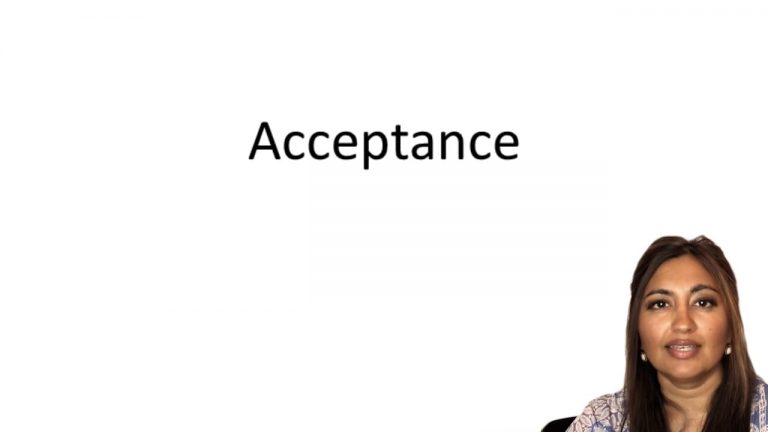SmartBrief
Confirm favorite deletion?
Contracts Keyed to Epstein
Brewer v. Lepman
Citation:
127 Mo. App. 693 (1908)Facts
Defendants are dealers in eggs at Chicago and plaintiff is such dealer at Abilene, Kansas. On February 7, 1906, defendants wishing to purchase a car load of fresh eggs at 18 counts per dozen telegraphed on that day to plaintiff as follows: “offer eighteen delivered car fresh eggs ship today prompt wire acceptance.” On the same day plaintiff telegraphed from Abilene his acceptance of the offer in these words: “Your offer eighteen accepted for today’s car.” On the same day defendants telegraphed back to plaintiff that his acceptance was too late, and offering to take them at a discount. The eggs were shipped when the telegram was received, and plaintiff refusing the offer for discount, defendants refused to accept them. The plaintiff brought an action for the difference in value of the eggs. The evidence discloses that defendants’ telegram requiring prompt acceptance was delivered at plaintiff’s place of business at 10:05 o’clock a.m. At about 12 plaintiff wrote the acceptance. Defendant alleges that the time for acceptance had lapsed.
Only StudyBuddy Pro offers the complete Case Brief Anatomy*
Access the most important case brief elements for optimal case understanding.
*Case Brief Anatomy includes: Brief Prologue, Complete Case Brief, Brief Epilogue
- The Brief Prologue provides necessary case brief introductory information and includes:
Topic:
Identifies the topic of law and where this case fits within your course outline.Parties:
Identifies the cast of characters involved in the case.Procedural Posture & History:
Shares the case history with how lower courts have ruled on the matter.Case Key Terms, Acts, Doctrines, etc.:
A case specific Legal Term Dictionary.Case Doctrines, Acts, Statutes, Amendments and Treatises:
Identifies and Defines Legal Authority used in this case.
- The Case Brief is the complete case summarized and authored in the traditional Law School I.R.A.C. format. The Pro case brief includes:
Brief Facts:
A Synopsis of the Facts of the case.Rule of Law:
Identifies the Legal Principle the Court used in deciding the case.Facts:
What are the factual circumstances that gave rise to the civil or criminal case? What is the relationship of the Parties that are involved in the case.Issue(s):
Lists the Questions of Law that are raised by the Facts of the case.Holding:
Shares the Court's answer to the legal questions raised in the issue.Concurring / Dissenting Opinions:
Includes valuable concurring or dissenting opinions and their key points.Reasoning and Analysis:
Identifies the chain of argument(s) which led the judges to rule as they did.
- The Brief Prologue closes the case brief with important forward-looking discussion and includes:
Policy:
Identifies the Policy if any that has been established by the case.Court Direction:
Shares where the Court went from here for this case.
Topic Resources
Topic Outline
Topic Refresher Course
Topic Charts & Notes

 19m 28s
19m 28s